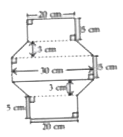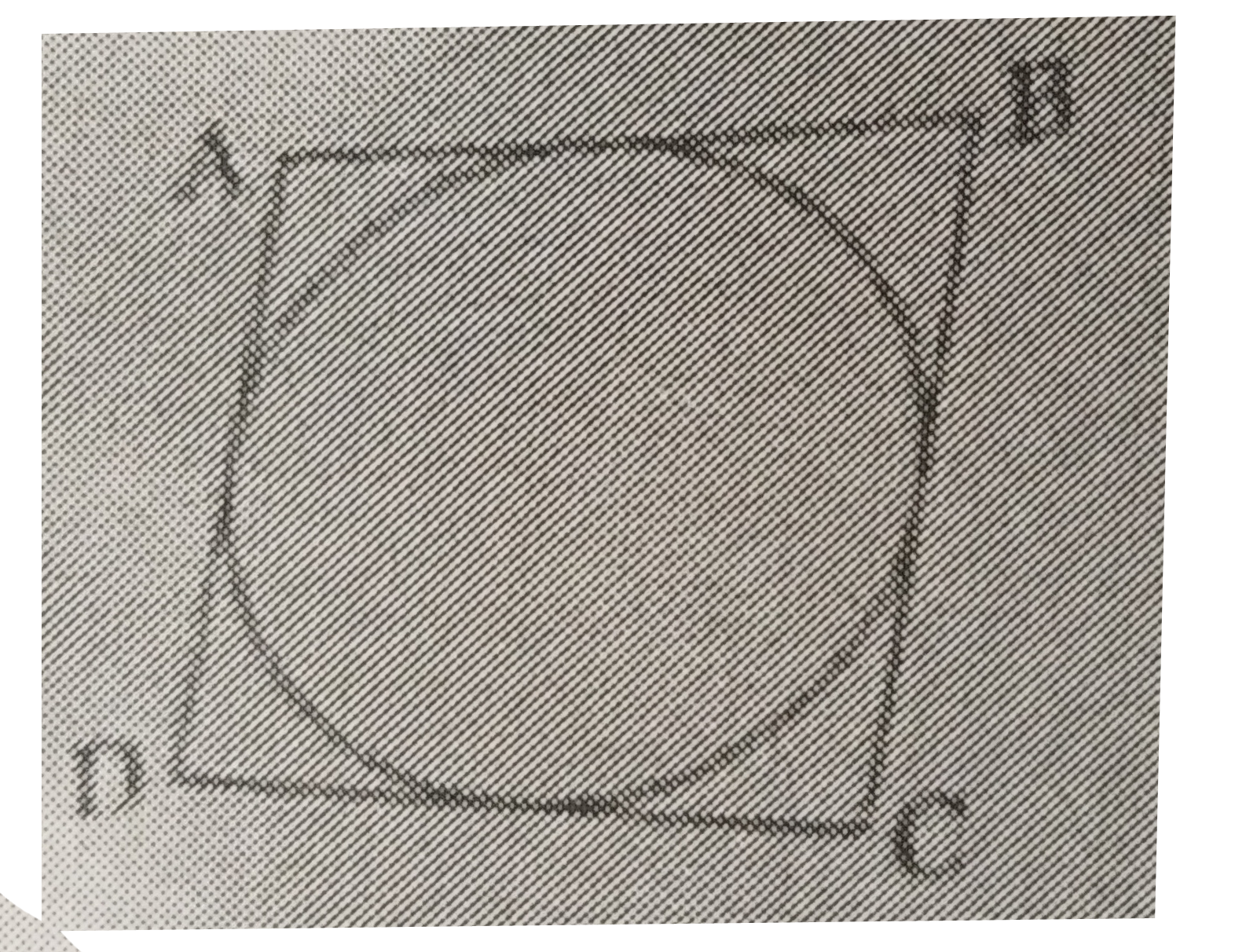In the given quadrilaterla ABCD (no drawn to scale), BC=AC=AD. Find the sum of ∠DAC and ∠ACB.

A
76∘
B
132∘
C
56∘
D
112∘
Video Solution
Text Solution
The correct Answer is:B
|
Answer
Step by step video, text & image solution for In the given quadrilaterla ABCD (no drawn to scale), BC=AC=AD. Find the sum of /_DAC and /_ACB. by Maths experts to help you in doubts & scoring excellent marks in Class 8 exams.
Updated on:21/07/2023Topper's Solved these Questions
- IMO QUESTION PAPER 2018-19 SET -B BOOK - SCIENCE OLYMPIAD FOUNDATION CHAPTER - IMO QUESTION PAPER 2018-19 SET -B EXERCISE - EVERYDAY MATHEMATICS
10 Videos
- IMO QUESTION PAPER 2018-19 SET -B BOOK - SCIENCE OLYMPIAD FOUNDATION CHAPTER - IMO QUESTION PAPER 2018-19 SET -B EXERCISE - ACHIEVERS SECTION
5 Videos
- IMO QUESTION PAPER 2017-18 SET-BBOOK - SCIENCE OLYMPIAD FOUNDATION CHAPTER - IMO QUESTION PAPER 2017-18 SET-BEXERCISE - ACHIEVERS SECTION
5 Videos
- IMO QUESTION PAPER 2018-19 SET- ABOOK - SCIENCE OLYMPIAD FOUNDATION CHAPTER - IMO QUESTION PAPER 2018-19 SET- AEXERCISE - Achievers Section
5 Videos
Similar Questions
Knowledge Check
Find the area of the given figure (not drawn to scale).
 A650 cm2B500 cm2C575 cm2D525 cm2
A650 cm2B500 cm2C575 cm2D525 cm2Find the area of the given figure (not drawn to scale).
 A3339.29 cm2B3539.29 cm2C3539.29 cm2D5967.47 cm2
A3339.29 cm2B3539.29 cm2C3539.29 cm2D5967.47 cm2In the given figure (not drawn to scale), ABCD is a square such that AE = DE. Find ∠BEC.
 A28∘B56∘C62∘D24∘
A28∘B56∘C62∘D24∘
A quadrilateral ABCD is drawn to circumscribe a circle. Prove that AB+CD=AD+BC
View SolutionIn the given figure (not drawn to scale), ABCD is a parallelogram and GBEF is a rectangle. Find

(i) x (ii) y
View SolutionIn the given figure, ABCD is a parallelogram whose area is 60cm2. Find the area of ΔACB

View SolutionIn Figure, a quadrilateral ABCD is drawn to circumscribe a circle .
Prove that
AB+CD=BC+AD

View SolutionIn the given figure AD=BC,AC=BD. Then ΔPAB is

View Solution


